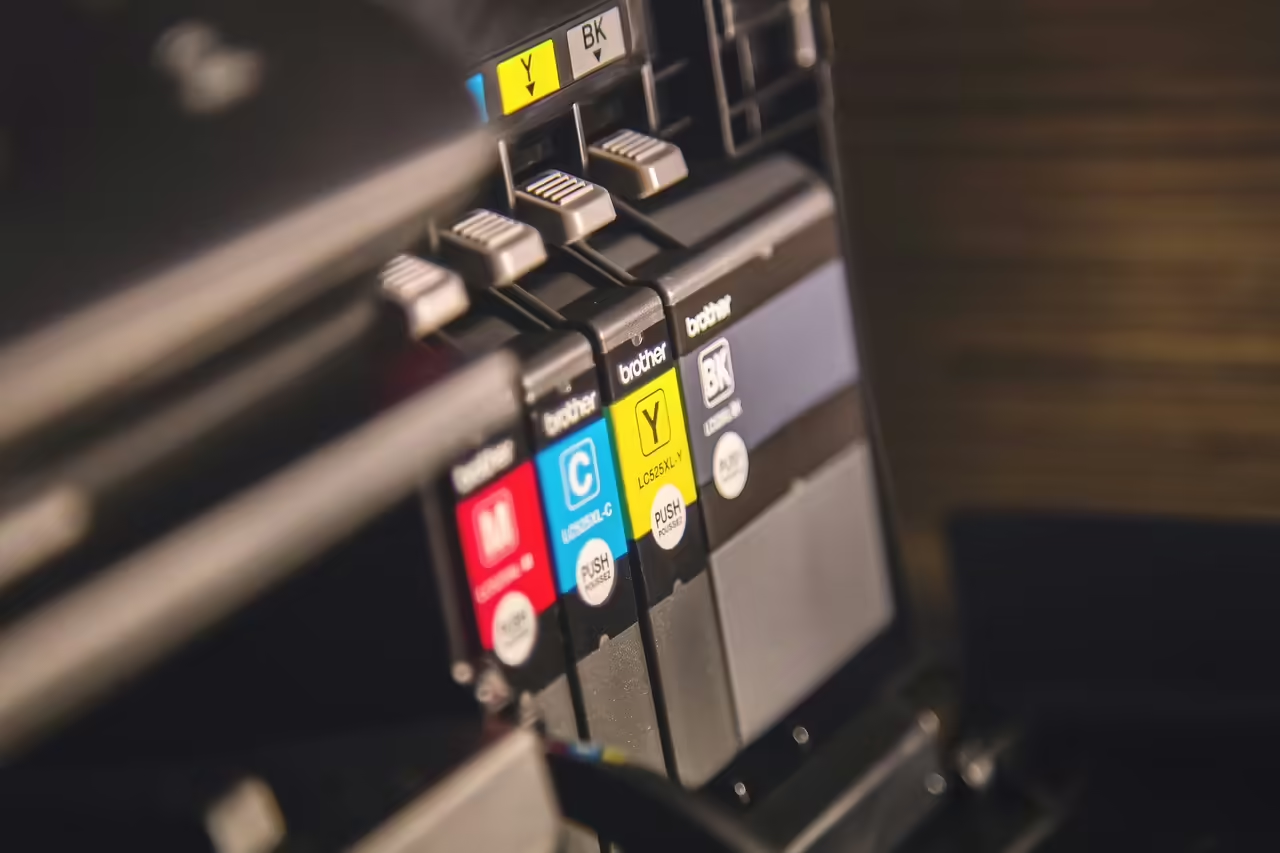
When To Use Digital vs. Offset Poster Printing
February 20, 2025
Your poster’s design requirements determine whether digital or offset poster printing is right for your project. The design professionals at Bestype Printing will review your project details to help you select the appropriate printing technique. Here is when to use digital or offset printing for your poster:
Digital Printing
Digital printing can transfer your image onto a variety of paper types and sizes without needing printing plates. This process enables us to produce posters of any size with high color accuracy. Our digital press can print your poster according to industry standards, including commercial advertising, movie releases, and art prints. The versatility of digital printing allows you to create advertising and marketing materials that align with your business goals and brand identity.
When to Use Digital Printing
Digital printing allows Bestype Printing to produce your poster efficiently and at high quality. You may require digital poster printing when:
- You have a small project: Digital printing works well for short runs since plates are not required. This helps keep costs low when you only need a few copies of your poster.
- Quick turnaround times are required: Digital presses can be set up faster than offset presses, and plates do not have to be created. This approach may save days or weeks on order fulfillment.
- You have multiple versions of your advertisement: When your poster’s image changes but the paper size and shape remain the same, switching from Version A to Version B during digital printing is easy. The press pulls printing information from digital documents automatically, minimizing downtime.
- A project requires revisions: If your project is undergoing changes, such as in artwork, dates, or information, scheduling short digital print runs can help reduce waste. You will not be left with out-of-date posters from high-volume printing.
Offset Printing
Offset printing is similar to traditional lithography. Technicians transfer your poster’s images and text to metal plates. Ink transfers from the plate to a rubber stamp and then roll onto your poster as it moves through the press. Offset usually uses CMYK, a printing technique that uses cyan, magenta, yellow, and black to create a range of colors. Our presses can also use Pantone color matching to create precise colors on a poster that align with a swatch sample. This enables us to layer ink to achieve precise colors.
When to Use Offset Printing
Offset printing indirectly transfers ink to your poster, allowing designs to be printed on various materials. We can print your poster on paper, vinyl, wood, fabrics, and more. This versatility enables you to create a design that enhances your advertised products, services, or events. Other reasons to choose offset printing include:
- Volume: Offset techniques can print many copies of your project very quickly. Yet, developing a plate takes a lot of time, making this method suitable for high-volume printing.
- Color Consistency: CYMK replicates colors closely, enabling you to print true-to-life images. This system is beneficial for creating poster prints of artwork or photographs. If your poster design uses large swaths of neutral colors, PMS creates crisp blacks and sepias and cleaner white space than digital printing.
Schedule Poster Printing Today
The required print volume and turnaround time usually determine poster printing methods. Your project’s additional requirements, such as color quality, available versions, and budget, may also dictate whether you choose digital or offset printing. Technicians at Bestype Printing offer a complimentary consultation to answer questions, review design options, and help you decide which printing method is right for your project. Call us today to get started.